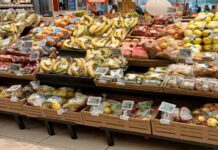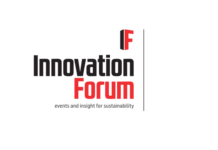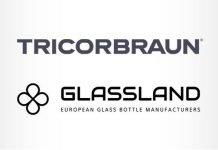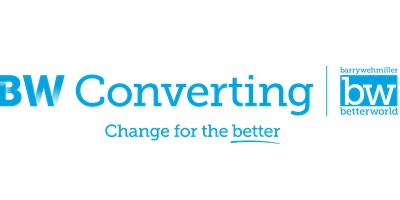The packaging industry is undergoing a fundamental shift as brands increasingly move away from rigid containers in favor of stand-up and flat-bottom pouches. While flexible packaging has been on the rise for years, this migration has accelerated in recent times due to the combined pressures of sustainability, cost efficiency, and consumer convenience. The adoption of pouches is not just a passing trend; it represents a long-term transformation in the way products are packaged, transported, and displayed on the retail shelf.
Sustainability concerns have played a significant role in the widespread shift to pouches. Traditionally, many products – from household goods and pet food to cosmetics and nutraceuticals – were packaged in rigid plastic or glass containers. However, as sustainability initiatives gain momentum, more companies are recognizing the environmental benefits of pouches.
Pouches require significantly less material than rigid containers, reducing the overall carbon footprint of production. Additionally, stand-up and flat-bottom pouches are much more efficient when it comes to transportation and logistics. While rigid containers take up substantial space in storage and transit, pouches can be shipped flat in bulk, allowing for up to 10 times the number of units to be transported in a single shipment. This not only translates to significant cost savings but also reduces fuel consumption and greenhouse gas emissions.
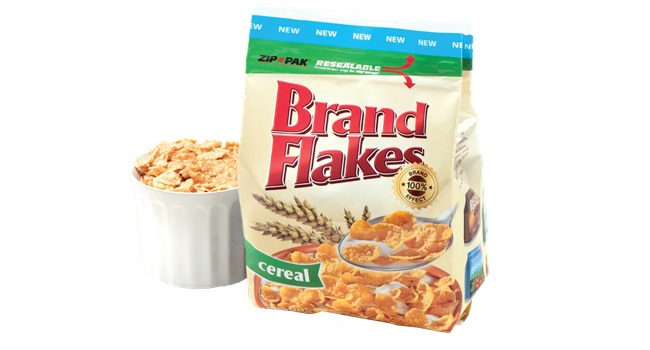
Additionally, advancements in monolayer and recyclable-ready films are helping to address the historical challenge of pouch recyclability. Many companies are transitioning from multi-layer, difficult-to-recycle pouches to materials that can be more easily reprocessed within existing recycling streams. The packaging industry continues to innovate in this area, ensuring that sustainability remains a core focus.
The Appeal of Pouches for Consumers and Brands
Beyond sustainability, consumer convenience is another key factor driving the transition from rigid to flexible packaging. Pouches are lightweight, resealable, and easier to handle compared to rigid alternatives. In categories such as coffee, pet food, and nutraceuticals, pouches provide a more practical packaging solution for consumers who prioritize ease of use and storage efficiency whether it’s in the medicine cabinet, the refrigerator, or on the pantry shelf.
For premium brands, flat-bottom pouches, in particular, offer an aesthetic and functional advantage. These pouches provide a stable, upright structure that enhances shelf presence while offering more real estate for high-impact graphics and branding. Unlike rigid containers, which usually require a separate self-adhesive or in-mold label, pouches allow for fully printed surfaces that capture consumer attention. The enhanced visual appeal, combined with convenience features such as resealable zippers and easy-pour spouts, makes pouches a preferred choice for many brands looking to differentiate their products.
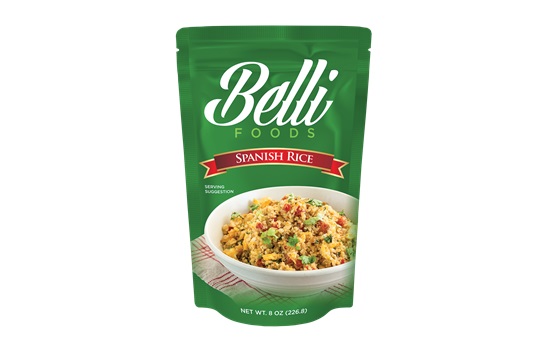
From a retailer’s perspective, pouches provide multiple advantages over rigid containers. Their ability to stand upright ensures better shelf visibility and a cleaner, more organized retail presentation. The flexible nature of pouches also allows brands to optimize shelf space, stocking more units per display compared to rigid packaging, which can be bulky and inefficient.
Pouches also contribute to a more resilient supply chain. The disruptions caused by the COVID-19 pandemic underscored the need for greater flexibility in packaging logistics. The production and transportation of rigid containers faced significant challenges due to raw material shortages and increased freight costs. In contrast, the ability to ship pouches in bulk and their lower material requirements made them a more reliable packaging solution during periods of supply chain volatility.
Global Growth and Industry Outlook
While pouch adoption is growing worldwide, the fastest expansion is occurring in Asia, where urbanization and waste management challenges are driving demand for more efficient packaging solutions. In densely populated megacities, waste reduction is a critical concern, making flexible packaging a more attractive and practical option. North America is following closely behind, with brands across multiple industries embracing the advantages of pouches for both economic and environmental reasons.
Europe, while not experiencing the same level of growth as Asia or North America, remains a key market due to stringent sustainability regulations. As European countries implement more aggressive recycling and waste reduction policies, brands are increasingly looking at flexible packaging as a way to align with regulatory requirements while maintaining product integrity and consumer appeal.
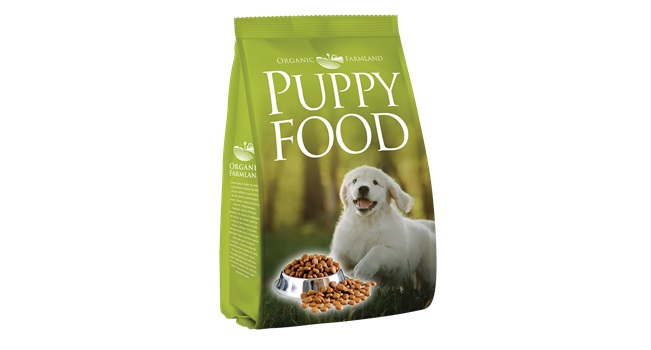
The movement from rigid containers to stand-up and flat-bottom pouches represents more than just an industry trend, it is a lasting transformation driven by sustainability, cost savings, and consumer convenience. As more brands recognize the benefits of flexible packaging, the demand for pouches will continue to rise, reshaping the packaging landscape for years to come.
For converters, this shift presents an opportunity to adapt and expand their capabilities in flexible packaging. By embracing pouch production and aligning with the evolving needs of the market, packaging companies can position themselves for long-term success in a rapidly changing industry.







